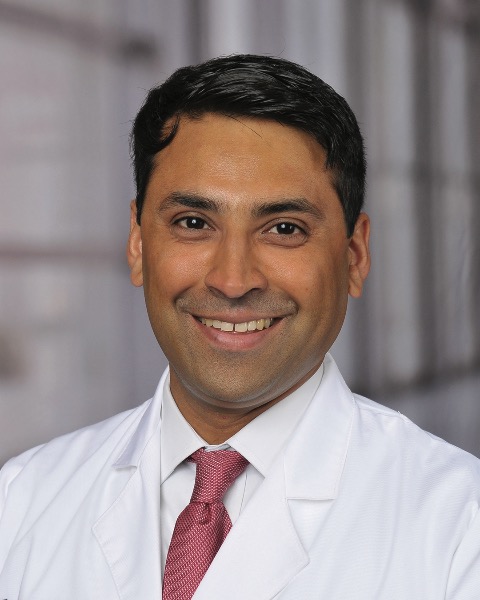Adult Cardiac
Category: Scientific Abstract: Oral/Poster
Variation in Transfer Patients for Cardiac Surgery: an analysis of the Society of Thoracic Surgeons Adult Cardiac Surgery Database

Asvin M. Ganapathi, MD
Assistant Professor
The Ohio State University
Columbus, Ohio, United States
Presenting Author(s)
Disclosure(s):
Asvin M. Ganapathi, MD: No financial relationships to disclose
Purpose: It is unknown if transfer between hospitals for cardiac surgery is done safely. We sought to better understand the risk profile of transferred patients, their origin (a hospital that performs cardiac surgery or that does not), and their operative outcomes stratified by the surgery they underwent.
Methods: Patients undergoing cardiac surgery were identified from the Society of Thoracic Surgeons adult cardiac surgery database (STS-ACSD) between July 1, 2014 and December 31, 2022. Only cases corresponding to surgeries with available outcomes risk models were analyzed. Records were excluded if missing mortality/morbidity data, unknown transfer status, or surgery done at a hospital contributing less than 20 cases over the study period. Patients were divided into three comparison groups: Non Transfer (NT), transferred from hospital with cardiac surgery (TCS) and transferred from hospital without cardiac surgery (TNCS). Operative mortality (OM) and composite morbidity/mortality (MM) were the primary outcomes. Observed-to-expected (O/E) ratios were calculated overall and for each procedure based on established STS-ACSD risk models. Additionally, procedure-specific STS risk models were re-run with a 3-category transfer status model variable added (NT-reference). Adjusted odds ratios (AOR) and 95% confidence intervals (CI) were calculated to assess the impact of transfer status on outcomes.
Results: A total of 1,828,787 cases were identified (NT:1,452,491, 79.4%; TCS:28,862, 1.6%; TNCS: 347,434, 19.0%) from 1,145 STS-ACSD participating hospitals. Most transferred patients underwent CABG (n=314,616, 24.8%), however, TCS was most common for mitral valve replacement (MVR) (17.9%) and least common for coronary artery bypass grafting (CABG) (6.5%). Median age (years) (NT-67.0, TCS-66.0, TNCS-66.0; p< 0.001) and female gender (NT-28.1%, TCS-29.0%, TNCS-27.2%; p< 0.001) were comparable although statistically significantly different. Patients who were transferred had a higher incidence of diabetes, current smoking status, dialysis, endocarditis, and heart failure, with lower median ejection fraction, and were less commonly elective procedures. Overall OM (NT:2.5%, TCS:5.0%, TNCS:3.4%) and MM (NT:12.5%, TCS:22.0%, TNCS:16.4%) were lowest in NT patients, but the overall O/E ratios did not demonstrate notable differences across the three transfer status groups (Table). TCS patients undergoing (MVR) and concomitant aortic valve replacement and CABG (AVR+CABG) had significantly lower mortality risk compared to the NT group, while MM was higher in mitral valve repair (MVr). TNCS patients undergoing CABG, AVR+CABG, and MVR+CABG had a significantly lower operative mortality risk relative to NT patients, and MM was lower for CABG, AVR+CABG, and MVr+CABG (Figure).
Conclusion: Patients transferred for cardiac surgery have increased comorbid disease burden and acuity. Despite this increased risk, the adjusted mortality risk is similar or lower in these patients, suggesting that the transfer of patients to appropriate cardiovascular surgery centers is safe and appropriate despite higher risk.
Identify the source of the funding for this research project: STS Database
